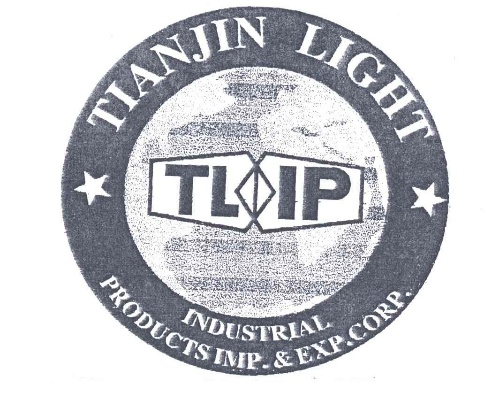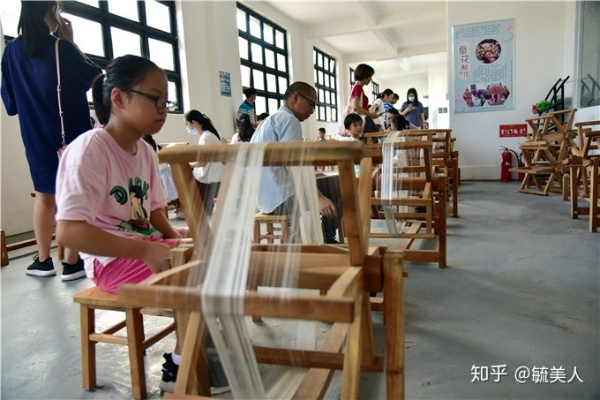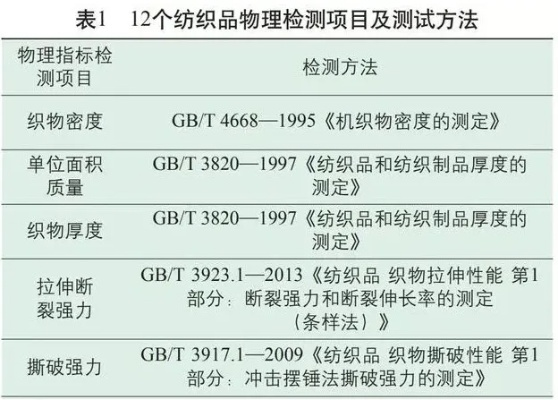The Essential Ingredients of Textile Antistatic Agents
Antistatic agents are essential for textiles to maintain their quality and prevent static discharges. The key ingredients of antistatic agents include polymers, surfactants, and metal ions. Polymers such as polyacrylates and polyurethanes provide hydrophobicity and adhesion to the fabric surface, effectively preventing static discharges. Surfactants, such as sodium dodecyl sulfate, can reduce the surface tension of water molecules on the fabric, further inhibiting static buildup. Metal ions like magnesium or aluminum ions can neutralize negative charges on the fabric surface, thereby reducing static electricity. These ingredients work together to create an effective antistatic agent that enhances the performance of textiles in various applications.
Introduction: In today's world, where electronic devices and materials are ubiquitous, the need for textile products that do not attract or accumulate static electricity has become increasingly important. Textile antistatic agents are designed to neutralize this charge, reducing the risk of static shocks during handling and use. This article will explore the key ingredients in these antistatic agents, their benefits, and how they can be effectively incorporated into textile manufacturing processes.

Key Ingredients in Textile Antistatic Agents
-
Polymers:
- Polyvinyl Chloride (PVC): A versatile polymer that provides good adhesion and flexibility.
- Polyacrylates: These polymers have excellent water resistance and provide a durable film on fabrics.
- Polyurethanes: Offer superior flexibility and durability compared to other polymers.
-
Silicones:
- Silica Gel: Used as a filler, it absorbs moisture and reduces static charge buildup.
- Silicon Dioxide: An inorganic compound that improves the overall performance of the antistatic agent.
-
Antioxidants:
- BHT (Butylated Hydroxy Toluene): Prevents the oxidation of polymers, which can affect their antistatic properties.
- Vitamin E: Acts as an antioxidant, protecting the fabric from environmental damage.
-
Ionizing Agents:
- Iodine: A common ionizing agent used to create a conductive surface on fabrics.
- Silver Nanoparticles: Provide a non-toxic alternative to iodine, offering additional antimicrobial properties.
-
Water-Soluble Additives:
- Polyethylene Glycol (PEG): Helps the antistatic agent to penetrate deeply into the fabric fibers, ensuring consistent performance.
- Polypropylene Glycol (PPG): A hydrophilic polymer that helps maintain the moisture balance of the fabric.
-
Antifungal Agents:
- Methylisothiazolinone (MIT): Provides antifungal protection against microbial growth on fabric surfaces.
- Thiram: An organophosphate fungicide that inhibits fungal growth.
-
Antibacterial Agents:
- Quincetin: A natural antibacterial compound that prevents bacterial growth on fabrics.
- Benzyl alcohol: An antibacterial agent with broad-spectrum activity against various bacteria.
Benefits of Textile Antistatic Agents
The primary benefit of using textile antistatic agents is to reduce the risk of static shocks during handling and use. This can significantly improve the user experience by preventing discomfort and potential injuries caused by static electricity. Additionally, antistatic agents can extend the lifespan of fabrics by preventing wear and tear due to static charges. They can also enhance the appearance of fabrics by maintaining their smooth texture and preventing staining.
Case Study: Successful Application of Textile Antistatic Agents
One example of the successful application of textile antistatic agents is found in the manufacturing of electronic device covers. Companies like Samsung and Apple use antistatic agents to ensure that their product covers do not attract or accumulate static electricity, thereby preventing accidental touch-ups and improving user experience. By incorporating these agents into their production process, these companies have been able to meet the high standards set by their customers for product quality and safety.
Conclusion: Textile antistatic agents play a crucial role in enhancing the quality and safety of textile products. By understanding the key ingredients and their benefits, manufacturers can effectively incorporate these agents into their production processes. As technology continues to advance, the demand for antistatic agents will only increase, making them an essential component of the textile industry.

纺织品抗静电剂概述
纺织品抗静电剂是一种用于增强纺织品抗静电性能的化学物质,其主要成分包括各种具有抗静电功能的化学物质和助剂,这些成分能够有效地减少或消除纺织品表面的静电荷,提高其导电性能,从而防止静电对电子设备、人体静电积累等带来的不良影响。
纺织品抗静电剂成分列表
以下是纺织品抗静电剂的主要成分及其作用:
- 表面活性剂:表面活性剂是抗静电剂的重要组成部分,能够降低纤维表面的张力,增加纤维之间的粘附力,从而增强纤维的导电性能。
- 氧化剂:氧化剂能够与纤维表面上的有机物质发生反应,去除静电荷,提高纤维的导电性能。
- 抗静电剂树脂:这是一种高分子化合物,具有优异的抗静电性能和稳定性,它可以与纤维表面形成一层保护膜,有效防止静电的产生和积累。
- 金属离子络合物:金属离子络合物是一种具有稳定性和导电性的添加剂,能够与纤维表面上的金属离子结合,形成稳定的络合物,从而提高纤维的导电性能。
- 其他辅助成分:除了上述成分外,抗静电剂中还可能包含其他辅助成分,如防尘剂、防霉剂等,以增强纺织品的使用性能。
案例说明
下面以一个具体的纺织品抗静电剂成分案例来说明其作用和应用:
某品牌纺织品在使用抗静电剂后,其静电问题得到了显著改善,该品牌使用的抗静电剂主要成分包括表面活性剂、氧化剂和金属离子络合物等,这些成分能够有效地去除纤维表面的静电荷,提高其导电性能,从而防止静电对电子设备、人体静电积累等带来的不良影响。
在具体应用中,该品牌将抗静电剂添加到纺织品的生产过程中,通过特定的工艺控制,使其均匀分布在纤维表面,经过一段时间的使用后,该品牌的纺织品不仅静电问题得到了有效解决,还提高了其耐洗性、柔软性和舒适度等使用性能,该品牌的纺织品还获得了良好的市场口碑和用户满意度。
英文表格补充说明
以下是关于纺织品抗静电剂成分的英文表格:
| 成分名称 | 作用描述 | 示例成分 |
|---|---|---|
| 表面活性剂 | 降低纤维表面张力,增加纤维之间的粘附力 | 表面活性剂树脂 |
| 氧化剂 | 与纤维表面上的有机物质反应,去除静电荷 | 氧化剂添加剂 |
| 其他辅助成分 | 防尘剂、防霉剂等 | 其他辅助成分列表 |
纺织品抗静电剂的主要成分包括表面活性剂、氧化剂和其他辅助成分等,这些成分能够有效地去除纺织品表面的静电荷,提高其导电性能,从而防止静电对电子设备、人体静电积累等带来的不良影响,在实际应用中,抗静电剂的添加能够显著改善纺织品的使用性能,提高其耐洗性、柔软性和舒适度等,在纺织品的生产过程中,合理使用抗静电剂是提高纺织品质量的重要手段之一。
Articles related to the knowledge points of this article:
The Varied Landscape of Textile Consumption



